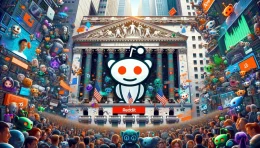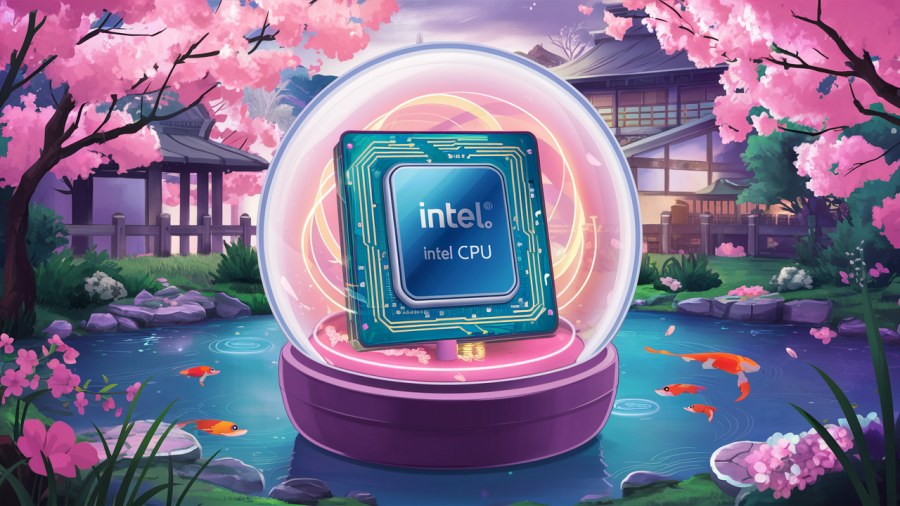The first era of the Web moved from B2C to B2B. However the bubble burst just as the B2B phase was getting into full gear. As we enter the “digestion phase” of Web 2.0, many startups may want to re-focus their efforts on B2B markets. If Chasm models are still relevant (I think they are, but so accelerated that it looks quite different), then B2B niche markets enable the classic strategy of knocking down “bowling pins”.

Note that I am not talking about Enterprise 2.0. That is behind the firewall stuff that is mostly catered to by classic enterprise players such as BEA, IBM, Oracle, HP, SAP; as well as open source.
What is much more interesting is how porous enterprises have become. The corporate gatekeepers in purchasing and IT have lost power, as millions of cubicle dwellers vote with their mouse. This leaves a lot of room for startups to break in without investing in sales guys to knock on CIO doors. Increasingly IT will bless and reinforce services that already have traction within their firms, as opposed to bringing them in themselves. That is a dramatic shift.
This can also be seen as the “consumerization of business”. People act online in similar ways, whether they are working or playing. Services such as Amazon, Google, eBay and others that we all use every day at home, make us question the clunky, behind the firewall systems that we use at work. This plays to the strengths of Web 2.0 startups.
B2B Ripe for Startups
B2B strategies do not have to rely entirely on advertising revenue. Still, advertising to people at work is big business. Traditional B2B Media firms make over $4 billion a year from their online sites and that does not count the pure play online-only B2B sites. But you can also sell subscriptions or make money on transaction fees. In a world where everybody is trying to make money from advertising, a constrain play on other revenue sources could be a good idea.
More importantly, there are more significant pain points to solve in B2B. LetÄôs face it, home shopping works pretty well, Google works just fine for most simple home-based searches; and the mix of email, IM and cheaper online telephony makes communication a breeze, even without social networking sites. Sure there is always room for great new entertainment – e.g. You Tube home videos have added a new dimension.
But this is very, very different from the issues that people face at work. Ask anybody at work for 10 major IT related things that really bug them and you will get a good list. So the possibility for significant impact on peoples daily lives is simply greater in B2B.
This intuitive observation is corroborated by a recent survey showing that 31% of B2B marketers allocate 20% or more of their total media budgets to new media platforms, compared with only 5% of B2C marketers. To put it another way, the Visionaries (Chasm speak for early adopters who spend real money to make a substantive difference to their business) are more often found in B2B than in B2C.
B2B marketing is inherently more complex than B2C. Many people may be involved in a decision and the products and services have more variables. This all makes for opportunities for startups that can create simple, usable services to tame the complexity.
Web 2.0 / B2B Partnerships
Traditional B2B Media firms also make natural partners for Web 2.0 startups. B2B Media in the USA alone is a $31.1 billion revenue business and the breakdown of that revenue may surprise those still muttering about “dead trees”:
- Trade Shows $11.3 billion (36%)
- Print Magazines $10.9 billion (35%)
- Online ÄúeMediaÄ? $4.3 billion (14%)
- Other (mostly databases) $4.6 billion (15%).
The growth (28%) and the margins (25%) are in online. If you ask a random sample of B2B Media CEOs about their priorities, it is very clearly Äúonline, online and onlineÄ?. Many now describe their businesses as online with print extensions. In some cases this is delusional, in some cases aspirational, and in a very small number of cases it is already fact. Private Equity money is pouring into the industry and smart, aggressive new management teams are ensuring that the transition to online is real.
This leads to a lot of partnership opportunities. Web 2.0 startups want access to this market and B2B Media want more online traction. However this is not the environment for bleeding edge technology. In Chasm terminology, you will find a few Visionaries and a lot of Early Majority, but not a lot of Early Adopters.
This relative conservatism suits the B2B Media audience demographic, which tends towards the Baby Boomer Äúdigital immigrantÄ? that still likes print but also uses new technologies that cross into the mainstream. RSS is an example. RSS is not a subject to quicken the pulse of a Read/WriteWeb reader, but the opportunities created for startups when something as fundamental as RSS becomes mainstream are significant. The future clearly belongs to the digital native generation that grew up with MySpace/Facebook, but in the B2B world the checks are still signed and deals decided by the Baby Boomers with bifocals scanning a print magazine.
Conclusion: B2B could be the answer for Web 2.0 startups
B2B Media executives do not expect a silver bullet; no single feature will transform their business. They do need lots of new features that in aggregate make a difference to their mission of connecting buyers and sellers. This may suit the reality of many smaller, younger Web 2.0 startups that get referred to as a feature (not a product and certainly not a company).
These may not be the transformational deals that startups dream about, but they may be the niche market Ä?bowling pinsÄ? through which a sustainable business can be created.
Pic credit: Marshall Astor





















